PLA modern rocket artillery
The basis of the firepower of the ground formations of the People's Liberation Army of China is still artillery - cannon, mortar and rocket. The ground, airborne and coastal troops are armed with several thousand multiple launch rocket systems of a number of types. MLRS of different models use a wide range of ammunition with different characteristics, which makes it possible to deliver strikes of the required power over a wide range of ranges.
Artillery units
Cannon and rocket artillery occupies a prominent place in the organizational structure of the ground forces and forces. Own artillery units with the necessary capabilities are present in almost all major formations intended for use on land or on the coast. To achieve the required potential, such units are equipped with both receiver systems and MLRS.
The typical composition of a combined-arms brigade of the ground forces provides for the presence of one artillery battalion (battalion). Such a division includes up to three batteries of cannon artillery and one jet. In addition, each battalion of the combined arms brigade has its own battery with cannon or rocket weapons. Artillery is built in a similar way in the amphibious and mountain brigades of the ground forces.
Separately, 10 coastal defense brigades should be noted. This component of the ground forces for a long time had only barreled artillery, and outdated systems were sent there. Only recently, MLRS appeared in coastal defense. Modern technology with high range characteristics has dramatically increased the potential of connections.
The PLA Air Force has several airborne brigades. They also have their own rocket artillery in the form of light landing systems. According to some sources, the Marines of the Navy have similar weapons. However, according to other sources, coastal units fleet so far they have only cannon artillery.
It should be noted that the OShS and artillery equipment of different formations can vary significantly. The structure and weapons are determined by various factors, from the type of troops to the intended area of \uXNUMXb\uXNUMXbapplication. In this regard, towed and self-propelled MLRS of many types in different calibers, showing different characteristics, are simultaneously in service. With all the disadvantages of deunification, this allows you to give parts of the system that is optimal for them.
Light and massive
The most massive Chinese MLRS is still the Type 63 or PH-63 towed product. According to various sources, there are at least 1500 such systems in service. They are used in landing, mountain and other formations that need light, mobile and powerful weapons.
The PH-63 is a 107 mm volley fire system with 12 tubular rails on a wheeled chassis. Several types of rockets have been developed for it with one or another equipment and a firing range of up to 8 km. Weight approx. 600 kg without ammunition simplifies transportation, landing and use.
In common caliber
The troops have a comparable number of MLRS for a more powerful 122-mm rocket. Several types of combat vehicles are operated on different platforms with different controls. At the same time, they are equipped with unified launchers and use a single family of missiles. Shells of 122 mm caliber are capable of flying 40 km and carrying combat units for various purposes. Adjustable munitions with extended range are also being developed.
The most massive in caliber 122 mm are MLRS PHL-81/90. The medium and light brigades have approx. 550 units such a technique. These are combat vehicles on wheeled chassis with a launcher for 40 missiles. Later modifications of this technique carry additional ammunition and self-reloading facilities, and are also equipped with modern fire control facilities.
Heavy brigades have about 375 PHZ-89 combat vehicles. This is a MLRS based on one of the most common tracked chassis with high mobility characteristics. The launcher and ammunition were taken from the usual "Type 81" with the preservation of all fire capabilities.
Since the beginning of the last decade, the old PHL-81/90 and PHZ-89 have been gradually replaced by modern PHL-11 and PHZ-11 systems, respectively. To date, the unit has received approx. 350 wheeled PHL-11s and at least 100 tracked PHZ-11s. These types of vehicles are based on current chassis. In addition, the design of the launcher has been updated and the FCS has been completely replaced. Due to new instruments and advanced ammunition, an increase in the range and accuracy of fire is achieved.
A few years ago, new MLRS of this kind appeared, known as the PHL-20 and PHL-21. They differ from previous PHL-11s mainly in the type of chassis used. To date, at least 30-40 such products have been delivered to the PLA unit.
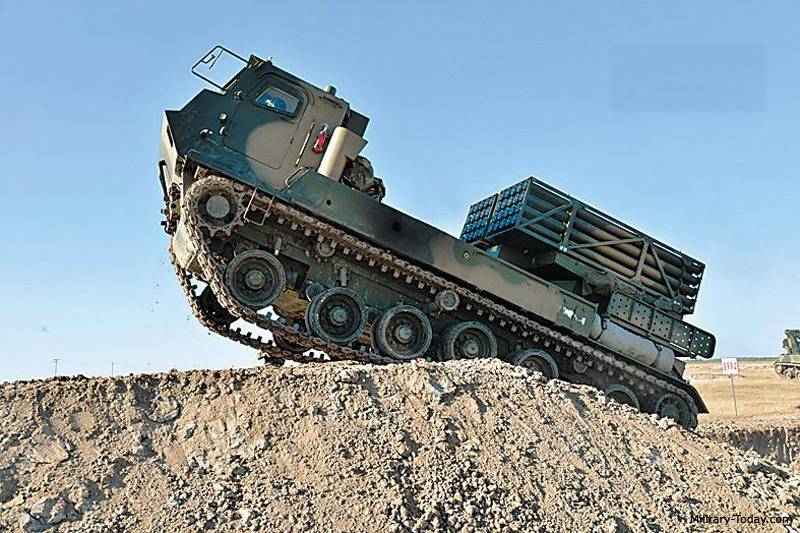
With extended range
In the middle of the 03s, the PHL-175 MLRS entered service. Subsequently, artillery units received at least 03 combat vehicles of this type. Over the next few years, PHL-XNUMX remained the most long-range and powerful Chinese MLRS.
The PHL-03 is a wheeled combat vehicle with a launcher for 12 300mm missiles. It can use several types of rockets with a range of up to 130 km and a payload of 280 kg. It also provides for the use of a guided missile with close flight data. In 2020, a new missile with a range of 160 km was put into service.
Recently, deliveries of serial MLRS PHL-16, also known as PHL-19, have begun. At least fifty such products have already been adopted. In the army, they occupy the niche of the most powerful and long-range multiple launch rocket systems. In addition, PHL-16s are capable of supplementing or replacing operational-tactical missile systems.
PHL-16/19 is built on a wheeled chassis and is made according to a modular scheme. It can carry a launcher with 10 300mm rockets, 8 more powerful 370mm rockets, or two ballistic missiles. New 370-mm rockets allow hitting targets at a distance of at least 200-250 km. The range of full-fledged ballistic missiles is estimated at 450-500 km.
Development trends
The PLA may currently have about 3 multiple rocket launchers in service. They make up a significant proportion of the existing fleet of artillery systems and make a significant contribution to the overall strike potential of ground units and formations. In the current state of such forces and in the processes of their development, several main trends can be noted.
First of all, attention is drawn to the specific approach to the formation of the MLRS fleet and the creation of a range of ammunition. At the same time, 8-9 types of such equipment are in service, not counting its modifications. Serial and combat models are made on different chassis, have different control systems and use ammunition of several calibers. Such diversity and disunification leads to well-known difficulties.
However, this approach has some advantages. Thus, the regular transfer of unified installations to new chassis allows you to maintain the technical and operational characteristics of the MLRS at the desired level. In addition, the use of different chassis, up to towed trailers, makes it possible to provide each branch of the armed forces with the best equipment for it.
Of interest is the approach to the development of ammunition. Shells of several calibers are in service, but only two are the most common - 107 and 122 mm. At the same time, 122-mm rockets are not only used, but also improved. New products of this kind with increased range and correction are being developed. The development of 300-mm ammunition, which can already be compared with the best foreign developments, is proceeding along the same paths.
In recent years, the concept of a universal launcher for various missiles has been implemented and reached the army. The modern combat vehicle PHL-16 is already not only MLRS. Due to the replacement of ammunition, it is able to perform the functions of an OTRK. The advantages of this approach are well known from foreign projects.
Critical Component
Thus, the PLA has a large and sufficiently developed rocket artillery, which is one of the most important components of the ground and other forces. Units equipped with MLRS are capable of operating in different conditions, delivering strikes in a wide range of ranges and solving a variety of combat missions. The potential of such forces is regularly demonstrated during exercises.
With all this, the PLA does not stop there. The direction of rocket artillery continues to develop, and new models of such equipment are regularly demonstrated with various differences and advantages. And we can assume that another interesting novelty of this kind will appear in the near future.
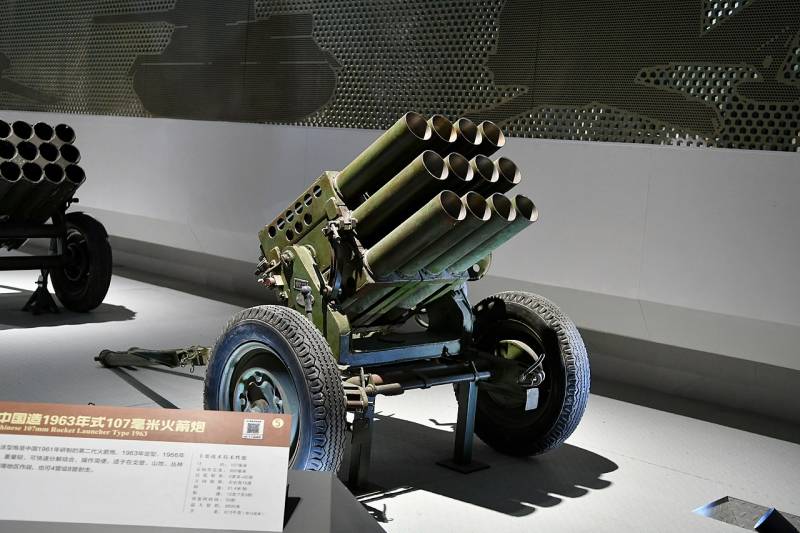
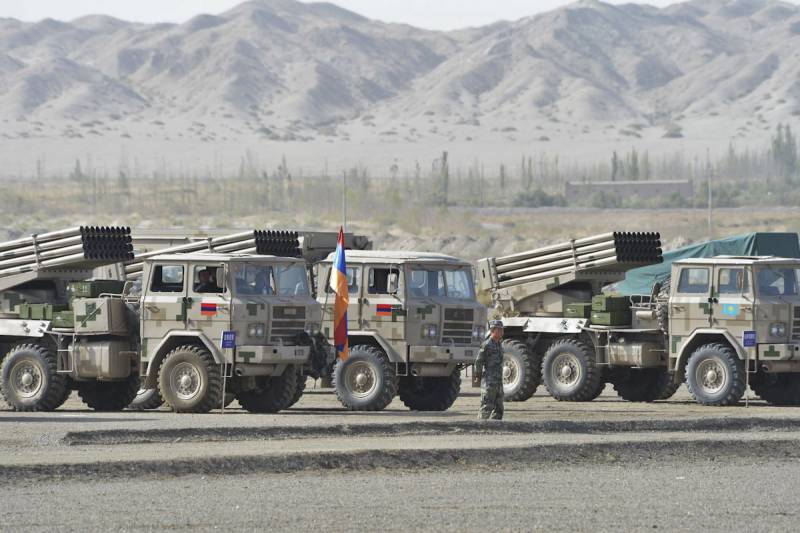
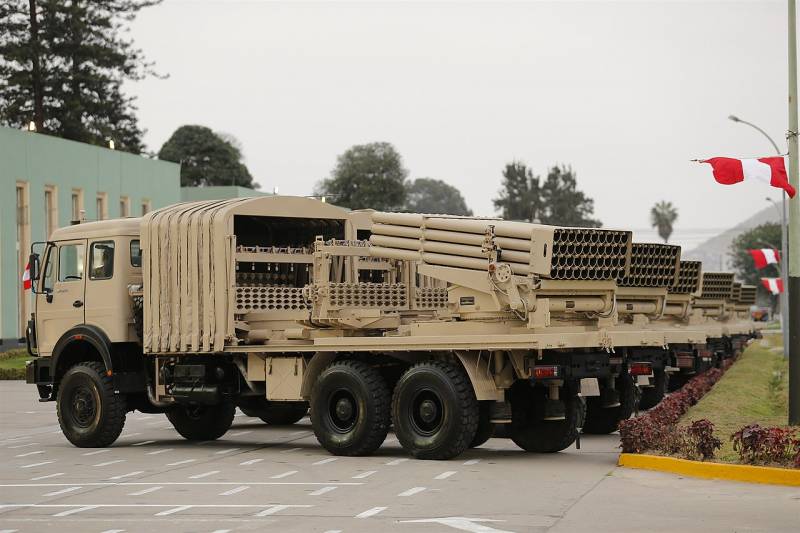
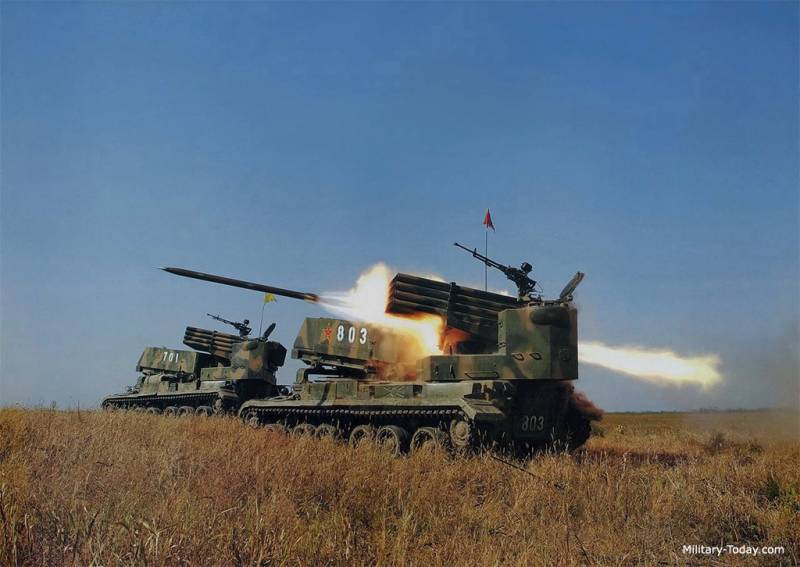
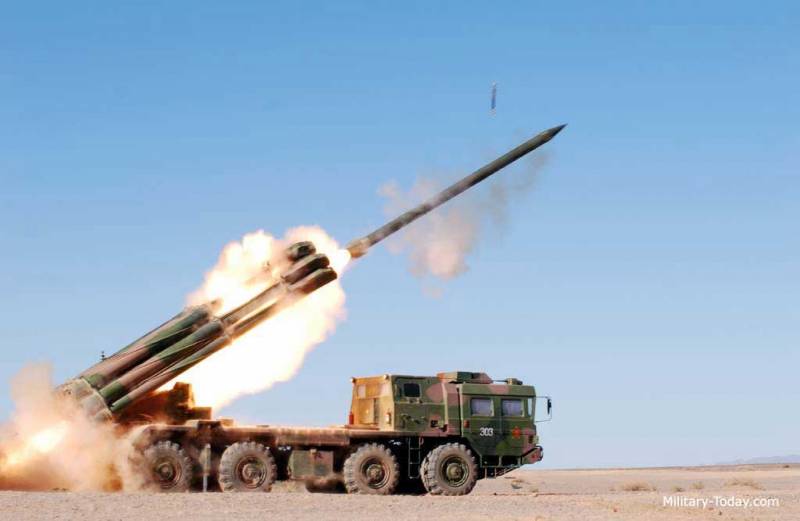
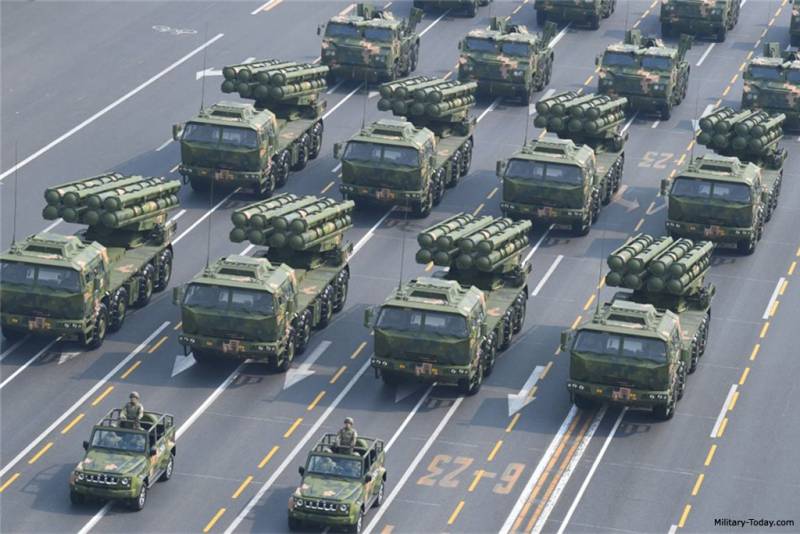
Information